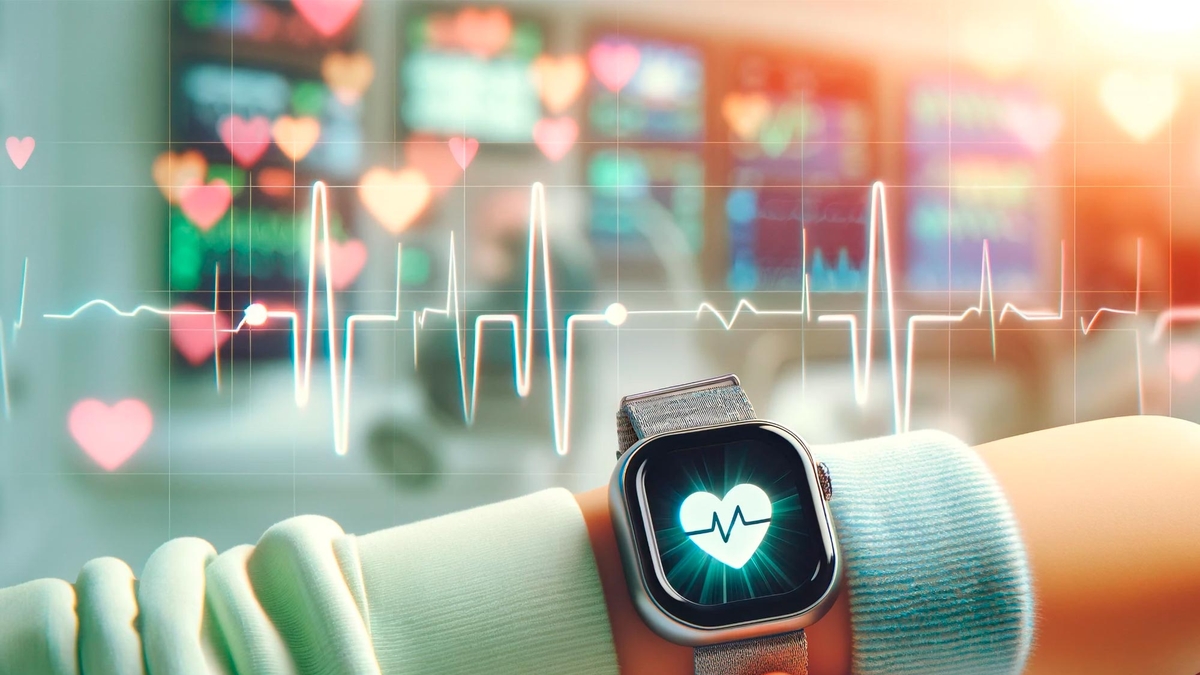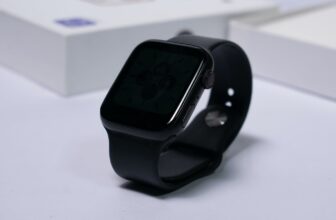
[ad_1]
In the rapidly evolving world of healthcare technology, smartwatches are emerging as a powerful tool for detecting and diagnosing irregular heart rhythms in children. A recent study conducted by Stanford Medicine discovered the potential of smartwatches to monitor and identify heart health problems in young people, marking a major advance in pediatric medicine.
stanford medical research
The four-year study found that among pediatric heart patients, 41 had abnormal heart rhythms identified using traditional diagnostic methods, and 29 children had arrhythmia diagnosed for the first time with the help of a smartwatch. found. This highlights the effectiveness and usefulness of smartwatches in diagnosing pediatric arrhythmias. This diagnosis has traditionally been a major challenge due to the intermittent nature of the episodes and the limitations of existing diagnostic devices and algorithms.
Interestingly, the study specifically found that the Apple Watch has certain advantages over traditional cardiac diagnostic tools. Apple’s Irregular Rhythm Notifications and His ECG apps are cleared by the US Food and Drug Administration (FDA) for use by users aged 22 and above, and High Heart Rate Notifications are only available for users aged 13 and above, so This is worth noting. Or older. However, the study acknowledges that further validation is needed to fully establish the effectiveness of smartwatches in pediatric populations.
The role of smartwatches in pediatric cardiac monitoring
The information provided by smartwatches has led doctors to perform more thorough workups and led to new arrhythmia diagnoses in children. This highlights the potential of smartwatches as a valuable adjunct to traditional diagnostic methods to facilitate early detection and intervention of heart disease in children.
However, the study also highlighted the limitations of existing smartwatch algorithms for children. Therefore, while smartwatches have proven to be a promising tool in pediatric medicine, the development of more accurate and sensitive algorithms tailored to children is essential to harness their full potential. is.
Smartwatches and the future of pediatric cardiac care
In addition to detecting and diagnosing arrhythmias, Stanford Medicine researchers are also using technology to study conditions such as tachycardia-induced cardiomyopathy, where the heart struggles to pump enough blood because of a fast heart rate. are doing. They discovered that by engineering stem cell-derived heart tissue, it may be possible to replenish the tissue with the key chemical NAD, allowing heart cells to recover function more quickly during tachycardia.
This suggests that the use of smartwatches could go beyond mere detection and diagnosis to facilitate future treatments for pediatric heart disease. Thus, the Stanford Medicine research results demonstrate the valuable role of wearable technology in pediatric medicine and pave the way for future advances in remote monitoring of pediatric cardiac health.
In conclusion, this groundbreaking study by Stanford Medicine foregrounds the potential of smartwatches in pediatric cardiac monitoring. As technology continues to evolve and improve, the role of smartwatches in pediatric care is expected to expand, providing new avenues for early detection, diagnosis, and potential treatment of heart disease in young people. Masu.
[ad_2]
Source link







